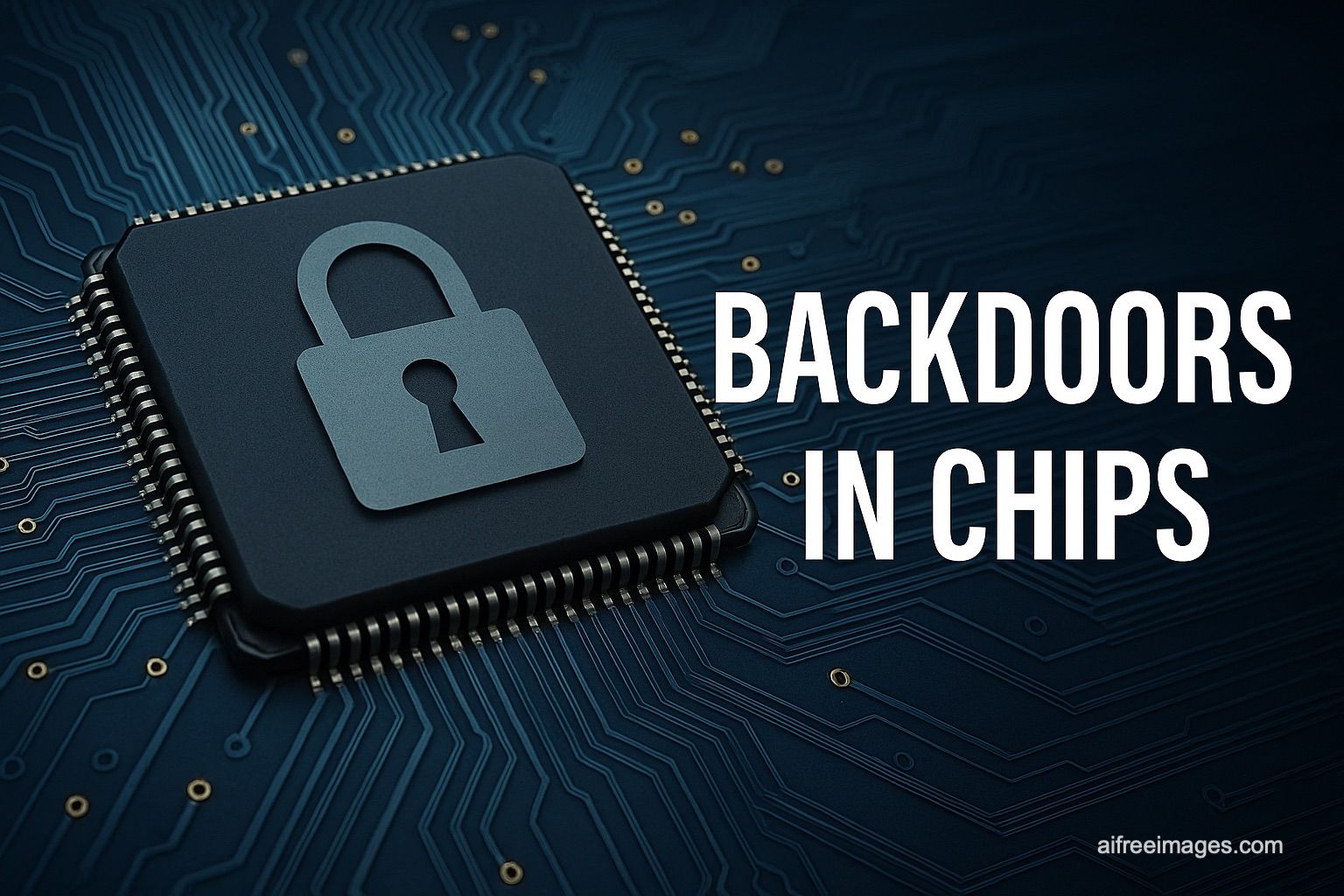The company firmly defends the integrity of its GPUs against legislative proposals suggesting remote controls or hidden access in hardware.
In a strong statement published on its official blog, David Reber Jr., NVIDIA’s Chief Security Officer, categorically denies that its chips include backdoors, kill switches, or other hidden mechanisms that allow remote control without user knowledge. The company positions itself against recent proposals from regulators and technology policy experts who have suggested implementing such controls in processors, especially those used in critical infrastructure or artificial intelligence.
“NVIDIA chips do not, and should not, have hidden kill switches or backdoors,” Reber states. “It would be a structural vulnerability that only benefits malicious actors.”
Critical technology across industries
NVIDIA’s GPUs are found in a wide range of sectors: from medical scanners and aerial radars to autonomous vehicles, supercomputers, urban traffic control systems, gaming consoles, and AI infrastructure. Their versatility and power have made them an essential component of the global digital infrastructure.
As a result, the security debate has gained momentum, especially amid rising geopolitical tensions and the heavy use of AI in strategic areas.
‘Kill switches’: an already discredited bad idea
Reber recalls that the cybersecurity community faced a similar dilemma in the 1990s with the failed Clipper Chip project, promoted by the NSA. This attempt to introduce encryption with government access faced deep criticism from researchers, who warned of the technical and trust risks involved.
“Clipper Chip embodied everything wrong with backdoors. It introduced centralized vulnerabilities exploitable by adversaries. The same would happen with a ‘kill switch’ in GPUs,” he explains.
NVIDIA advocates instead for a strategy based on “defense in depth”, with multiple layers of security, rigorous testing, independent audits, and compliance with international standards.
Differentiating voluntary software from intrusive hardware
The company also dismisses comparisons with features such as “Find My Phone” or remote wipe functions in smartphones, noting that these tools are optional software controlled by the user. In contrast, a physical “kill switch” embedded in a chip would be a permanent trap, outside the control of the system owner.
Reber vividly illustrates this point: “Incorporating a hardware forced shutdown would be like buying a car where the dealer holds the brake control, just in case they decide you shouldn’t drive.”
A message for legislators and governments
At a time when some voices in the U.S. and Europe advocate for stricter oversight of critical technology, NVIDIA delivers a clear message: hardware security should not be politicized or deliberately weakened. Efforts should focus on improving software tools, increasing transparency, and protecting user privacy, without risking the global digital infrastructure.
“There are no backdoors in NVIDIA chips. No kill switches. No spyware. That’s not how reliable systems are built. And it never will be,” Reber emphasizes.
Through these statements, NVIDIA not only protects its position as a technological leader but also draws a red line against legislative proposals that could negatively impact innovation, national security, and the global digital economy.

